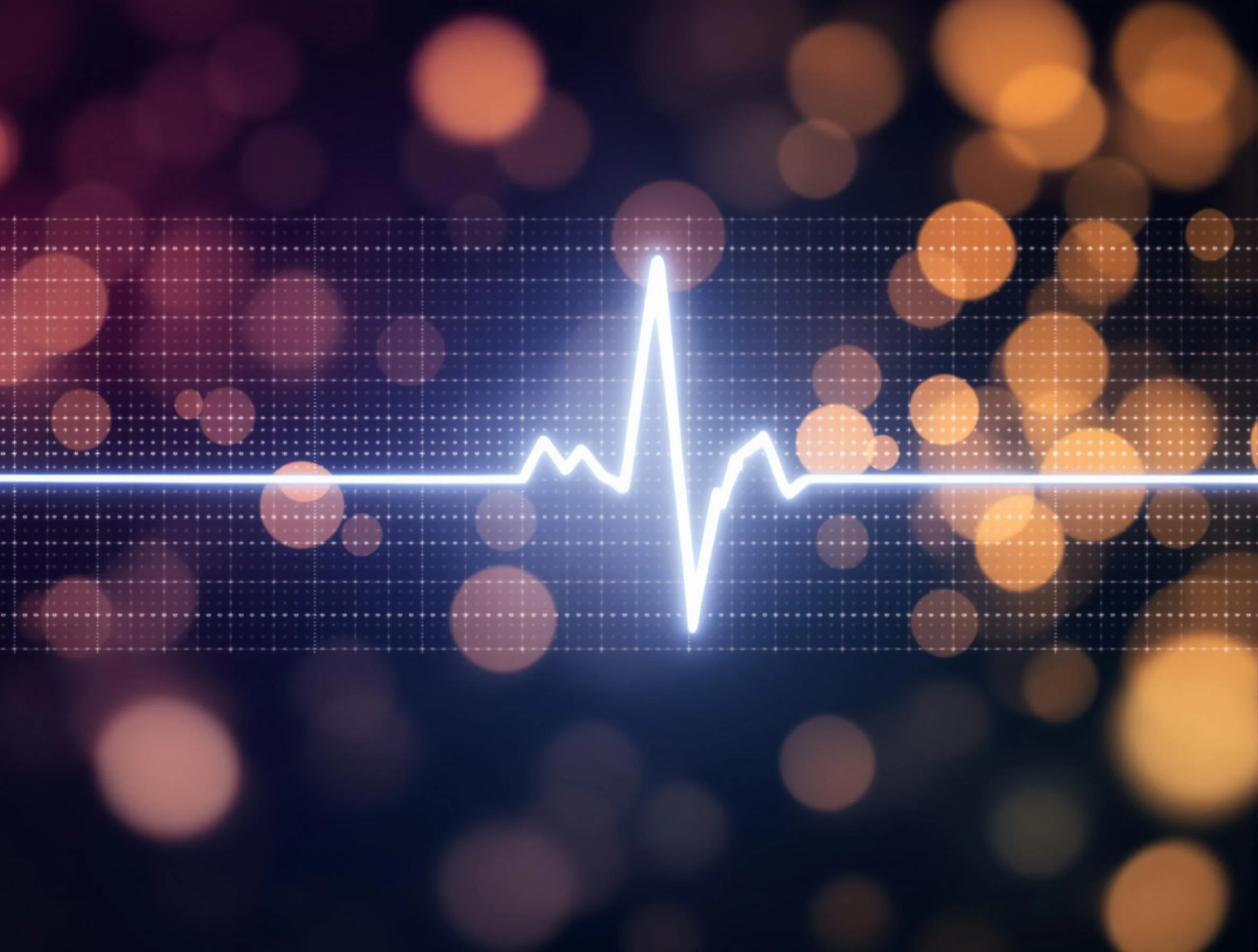The heart rhythm clinic
My clinic is variously called the Heart Rhythm Clinic, Electrophysiology Clinic, EP Clinic or Arrhythmia Clinic.
This is an outline what you can expect during your visit.
First, I will review your medical history in detail and discuss any symptoms you may be experiencing. I encourage you to prepare any questions or concerns you wish to raise, as this will help ensure we address everything that matters to you.
Following this, you may undergo a number of diagnostic tests. These could include an electrocardiogram (ECG), which assesses the electrical activity of your heart, or a Holter monitor, which records your heart’s activity continuously over 24 to 48 hours. In some cases, an event monitor may be used to capture irregular rhythms that occur less frequently. Occasionally, an echocardiogram is arranged at a later stage to provide an ultrasound image of your heart, allowing us to examine its structure and function more closely.
The outcome of your visit will depend on the findings from these tests. Once we have reviewed your results, I will discuss the next steps with you. For some individuals, adjustments to medication or lifestyle changes may be sufficient, while others may require further intervention. Statistically, around one in eight patients referred to a heart rhythm clinic will need a procedure. These procedures can range from cardioversion—used to restore a normal heart rhythm—to ablation, which targets and eliminates problematic tissue, or the implantation of devices such as pacemakers.
Ultimately, your visit to the heart rhythm clinic is about gaining a comprehensive understanding of your heart’s condition and determining the most effective approach to manage or treat any issues. Our priority is to guide and support you throughout this process, ensuring you receive the best possible care for your heart health.
Common symptoms assessed
Palpitations
Missed heartbeats
Fainting
Syncope
Loss of consciousness
Loss of fitness
Breathlessness
Fast heart rate
Assessment after cardiac arrest
Conditions treated
Atrial fibrillation
Atrial flutter
Atrial tachycardia
Supraventricular tachycardia
Ectopic beats
Ventricular tachycardia
Slow heart rate
Bradycardia
Risk assessment for cardiac arrest or sudden cardiac death
Prevention of cardiac arrest
Tests and procedures offered
Continuous Ambulatory ECG for up to 72 Hours (Including Reporting)
Insertion of Implantable ECG Loop Recorder (Including Reporting)
Ablation of Atrio-Ventricular Junction (Including Mapping)
Ablation of AV Nodal Re-Entry Tachycardia (Including Mapping)
Ablation of Atrial Arrhythmia (Including Mapping)
Ablation of Ventricular Arrhythmia (Including Mapping)
Ablation of left atrial fibrillation by isolation of the pulmonary veins left/right (RFA/CRYO/Laser) (including mapping)
Ablation of Accessory Pathway or Selected Modification of AV Node (Including Mapping)
Diagnostic Intracardiac Electrophysiological Study Including Characterisation of Intracardiac Conduction and any Testing of Anti-Arrhythmic Drug Efficacy by Programmed Stimulation
Cardiac Pacemaker System Introduced Through Vein (Single Chamber)
Cardiac Pacemaker System Introduced Through Vein (Dual Chamber)
Implantation of Biventricular Pacemaker
Resiting of Pacemaker or Implantable Cardioverter Defibrillator (ICD)
Replacement of Generator for Intravenous Cardiac Pacemaker System (without Lead Change)
Replacement Implantable Cardioverter Defibrillator (ICD), without Lead Change
Lead Replacement for Pacemaker or Implantable Cardioverter Defibrillator (ICD)
Implant of Temporary Pacing Electrode (as Sole Procedure)
Removal of Pacing System without Bypass (Including Leads)
Removal of Pacing System (Generator only)
Insertion of Single Chamber Implantable Cardioverter Defibrillator (ICD)
Insertion of Dual Chamber Implantable Cardioverter Defibrillator (ICD)
Insertion of biventricular implantable cardioverter defibrillator (ICD)
Insertion of Combined Biventricular Pacemaker and Cardioverter Defibrillator (CRT-D)
Insertion of an Implantable Cardioverter Defibrillator with Subcutaneous Leads (Subcutaneous ICD
External Cardioversion
Diagnostic Intracardiac Electrophysiological Study Including Characterisation of Intracardiac Conduction and any Testing of Anti-Arrhythmic Drug Efficacy by Programmed Stimulation




